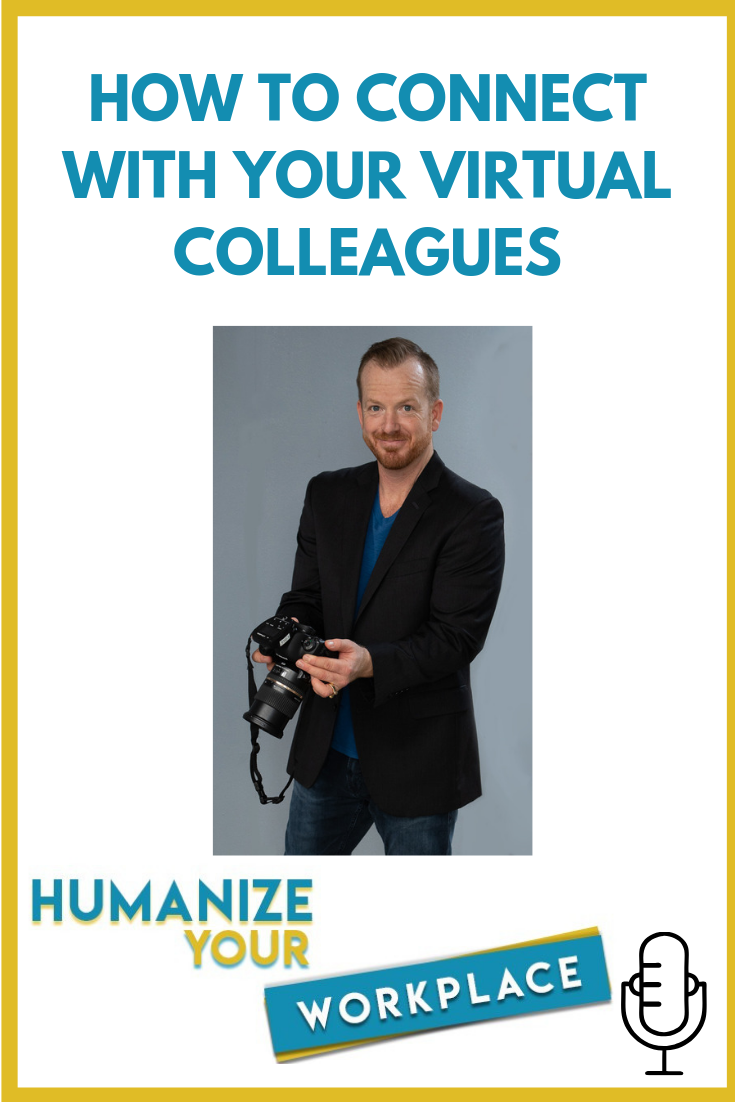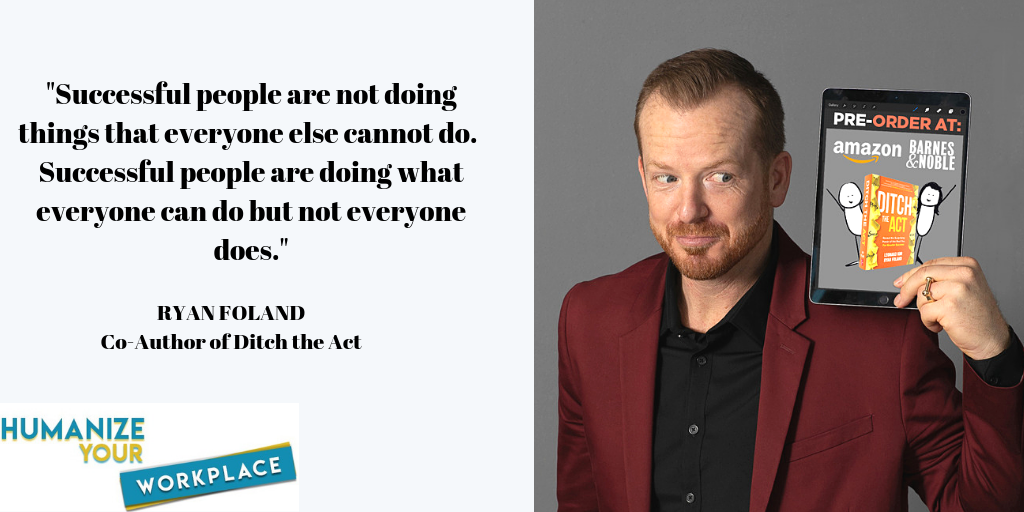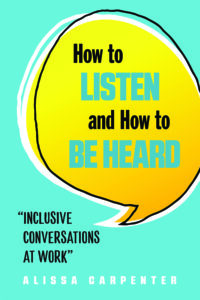On this week’s episode of Humanize Your Workplace, we’re lucky to be joined again by Ryan Foland. This time we chat about making eye contact with the camera. Video is something that is becoming increasingly more important but one of the most overlooked aspects is connecting with the audience (your peers and supervisors) on the other side of the lens. Ryan covers:
- why human connection is so important in today’s workplace
- easy ways to be more human at work
- tips for translating your whole self online at work
To listen to this week’s episode, head over to Google Podcasts, Spotify, Apple Podcasts, or Stitcher, check it out below.
You can check out more about Ryan here and pre-order his upcoming book, Ditch the Act.
How can we connect with our virtual colleagues?
If you really want to create a real connection with people, they need to see you they need to hear you they need to understand you and video is an incredible tool to accomplish personal connection. And when I say video it could be a Skype call it could be a video that you do on your camera it could be an IG story, it could be an IG TV it could be all these things.
If you really want to connect with somebody you let them talk you ask them more questions you say “tell me more about that” or “oh my gosh that sounds interesting how did that make you feel.”
How can we stay engaged while virtually speaking with our colleagues?
Active listening and the biggest tool that you can use when it comes to becoming a better active listener is pausing. There was a worldwide study and there’s a full spectrum of these times right and this the longest times were those of the Dutch and Swedish and the fastest times were those of the Chinese culture. So, in the middle if you look at the bell curve and really if you get the statistics the midpoint, the middle where the average was is 0.2 seconds.
To give some reference a honeybee flaps its wings a hundred times in 0.3 seconds and a blink of an eye is approximately 0.3 seconds. So, the average time globally taking all things in consideration the time between when I finished talking and you start is 0.2 seconds. But here’s what’s really crazy is that science has shown that the amount of time it takes for somebody to retrieve words from their memory bring them up organize them in a way that makes sense and then actually start to speak them is between 0.4 and 0.6 seconds. So, what happens is that typically scientifically and statistically we don’t listen to the end of when somebody speaking we’re looking for cues trying to guess when they are going to finish, start to calculate what you’re going to say in response to what you’ve heard and then as soon as they’re done you pounce on it.
Are there any tools we can use to enhance our video experience?
Lighting is key like if you want to feel good about the way that you look think about just investing in a small little LED light. I have a little light that’s right here that I can just click turn on and it does even light on my face and I feel like it’s it makes it more visually appealing. The visual gives more of those facial features it gives more of that insight.
Audio is so important. Investing in a thirty-dollar microphone that is a USB plug in can make a huge difference using earbuds or you know just plugging in. Think about it again think about this idea if you’re in real life with someone versus in virtual life with someone if you couldn’t hear somebody or you’re talking with the lights off or you had ear plugs in like those things would be so inherently like wrong it would take away from the conversation. So, think about the lens just being a reflection of real life.
What tricks do you have for getting more comfortable in front of a camera?
- Invite a co-worker or somebody to sit in front of you, your computer is up and they are there and you are literally talking to them that is a great way of making it feel like a one-on-one conversation without actually having a physical person there that you can actually talk to.
- Write down a list of 20 questions that a person could possibly ask. It’s very difficult to come up with 20 questions that somebody could potentially ask you, but the trick is once you come up with them then you think through your answers maybe you write down your answers to sort of reinforce it, maybe you practice with those answers, you find stories that relate to those answers you get prepared for it.
- Just slow down a little bit, start to control the pace for something that gives you the time and the space to think in your answers. So, you don’t have to feel the pressure and talk faster and faster like if you’re conscious about it if you think that you’re speaking normal you’re probably speaking too fast.
- Now if you are stressed a here’s a fun fact from my yoga instructor breathe through your nose breathe through your nose. It’s simple and it’s effective it actually triggers a parasympathetic system which is a relaxing and put your body into like sort of this more the recovery state instead of the through the mouth.
- Cultivating Relationships - July 20, 2021
- Empowering Our People - July 13, 2021
- Finding Purpose - July 6, 2021





